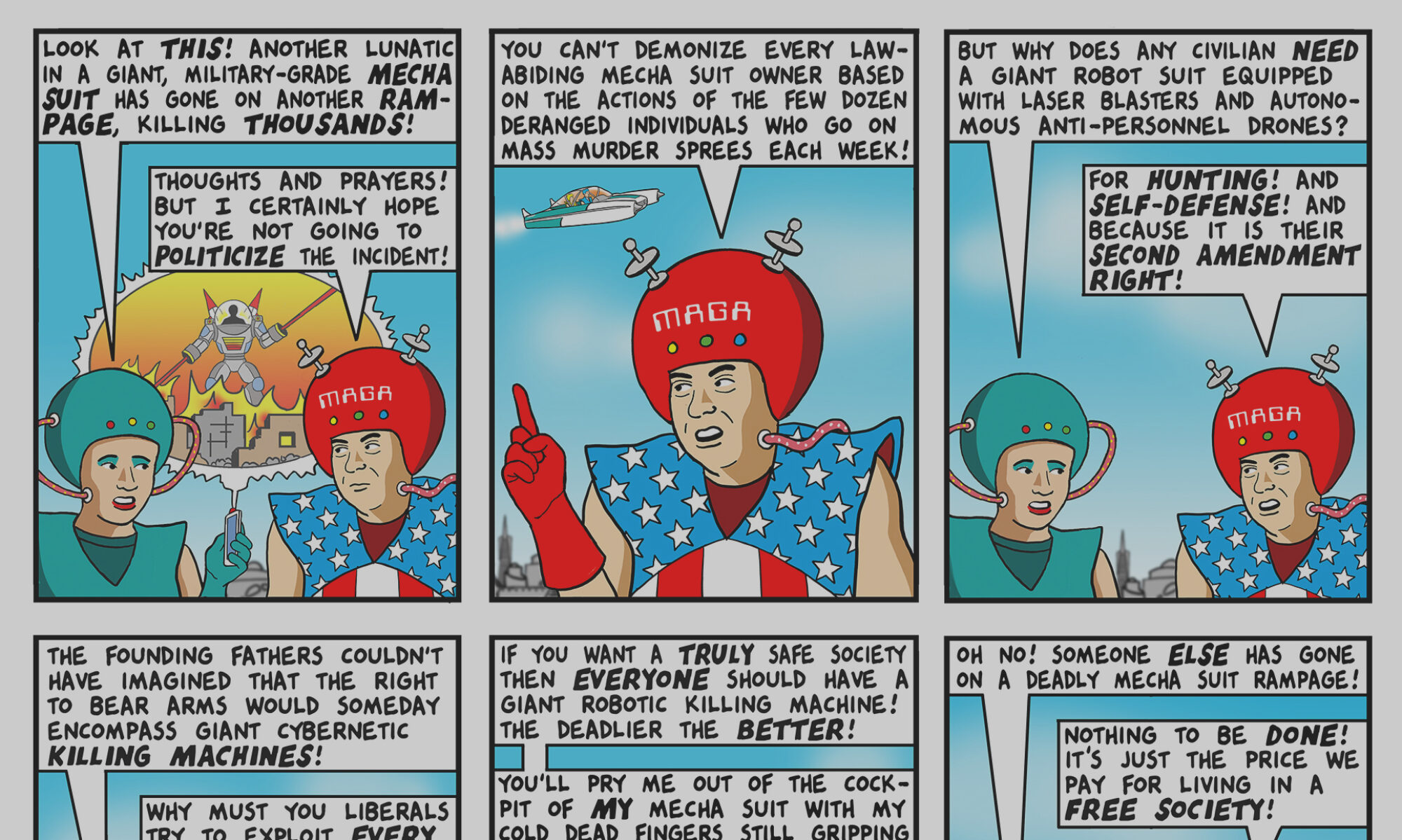A reader points this one out:
The Selective Service has been updating its contingency plans for a draft of doctors, nurses and other health care workers in case of a national emergency that overwhelms the military’s medical corps.
In a confidential report this summer, a contractor hired by the agency described how such a draft might work, how to secure compliance and how to mold public opinion and communicate with health care professionals, whose lives could be disrupted.
On the one hand, the report said, the Selective Service System should establish contacts in advance with medical societies, hospitals, schools of medicine and nursing, managed care organizations, rural health care providers and the editors of medical journals and trade publications.
On the other hand, it said, such contacts must be limited, low key and discreet because “overtures from Selective Service to the medical community will be seen as precursors to a draft,” and that could alarm the public.
— snip —
Under the plan, Mr. Flahavan said, about 3.4 million male and female health care workers ages 18 to 44 would be expected to register with the Selective Service. From this pool, he said, the agency could select tens of thousands of health care professionals practicing in 62 health care specialties.
— snip —
In a recent article in The Wisconsin Medical Journal, published by the state medical society, Col. Roger A. Lalich, a senior physician in the Army National Guard, said: “It appears that a general draft is not likely to occur. A physician draft is the most likely conscription into the military in the near future.”
I guess if I were a 44 year old doctor, I might be a little bit nervous too.
